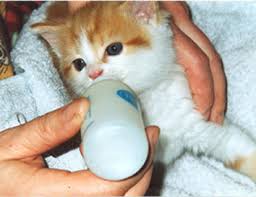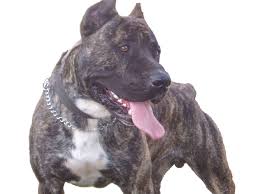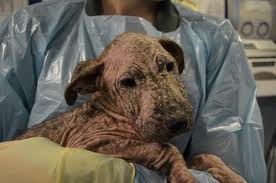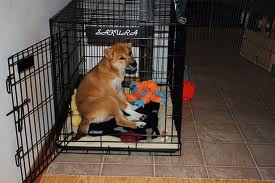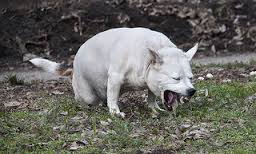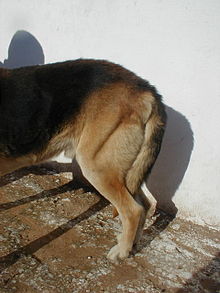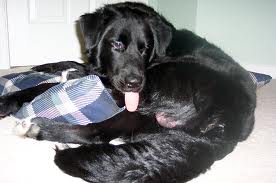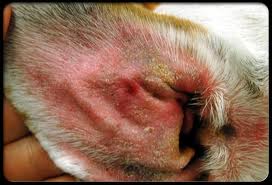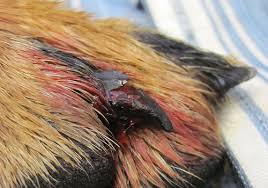
Broken nails in dogs
In most cases the nail is cracked near where the nail comes out of the flesh. Sometimes the nail is missing altogether. If the nail breaks through the quick (blood vessel/vein) in the nail, there can be a lot of blood – all over the room – don’t panic – your dog won’t bleed out but it can look dramatic. In many cases, when the nail cracks, it is painful and dogs will lick at the nail persistently, sometimes causing a rash or wet eczema from all the licking. Because it is so painful, some dogs will try to pull the paw away, lick at the owner’s hands to stop them touching the foot, and some may bite so it’s important to be safe and use a muzzle if your dog is very sore to get a better look.



